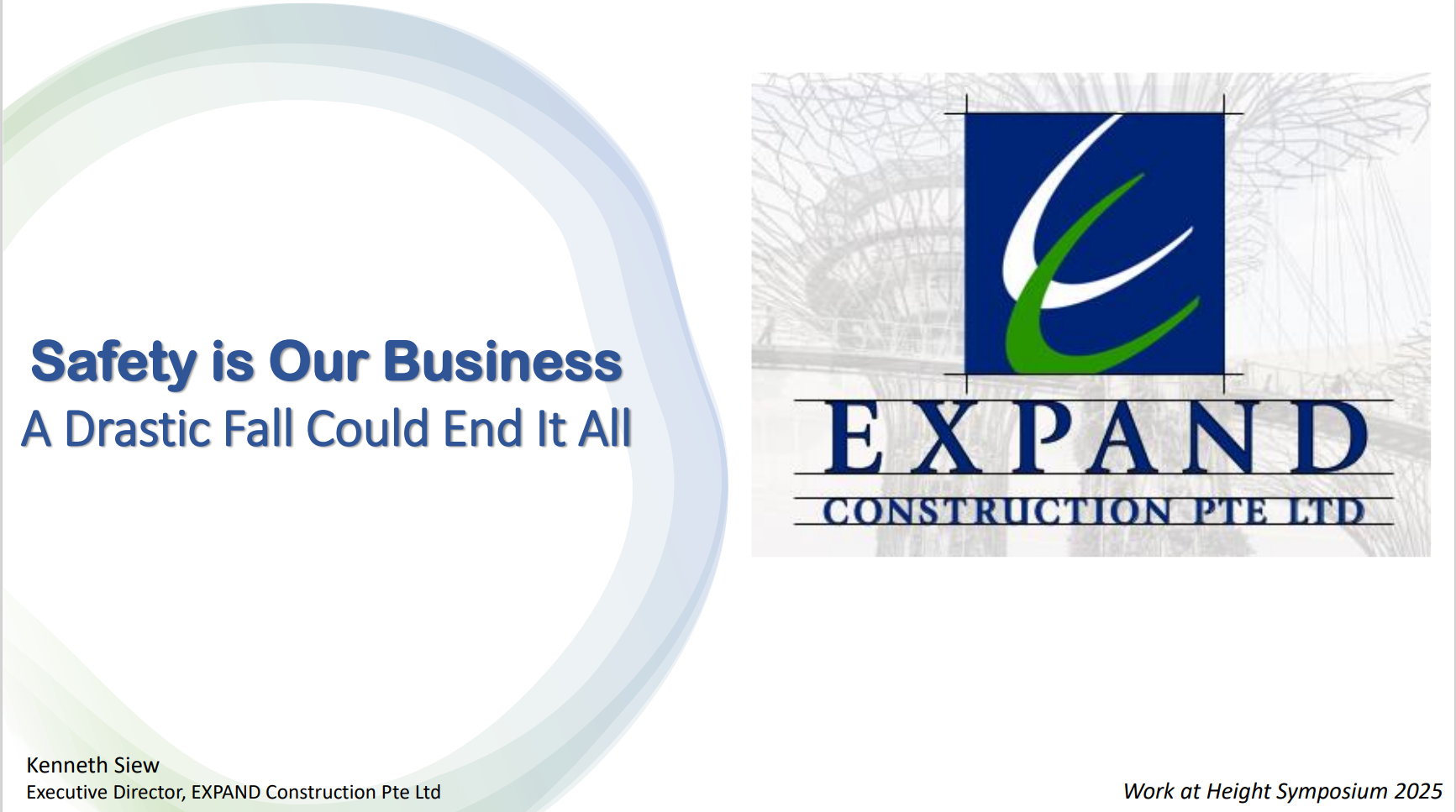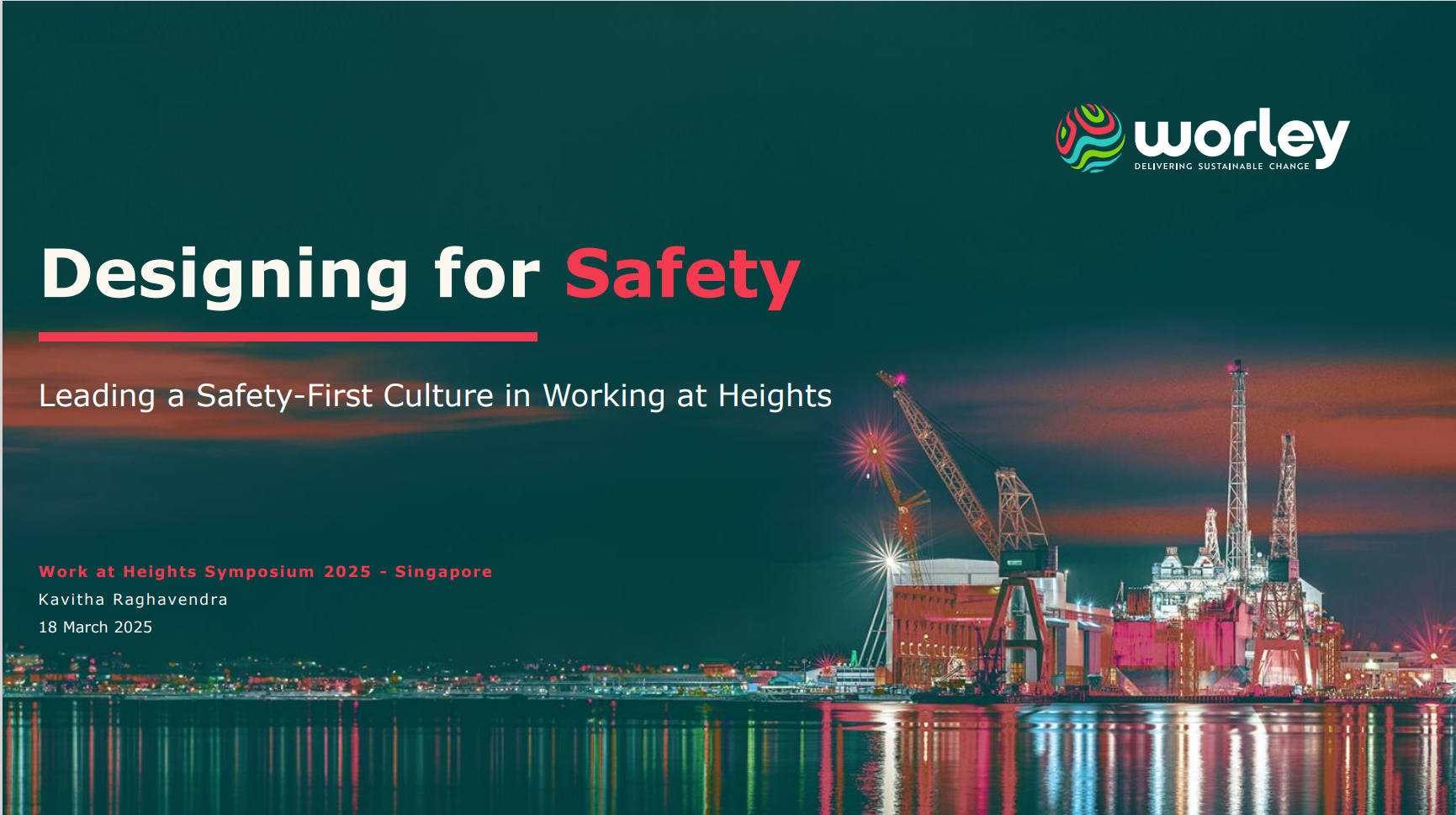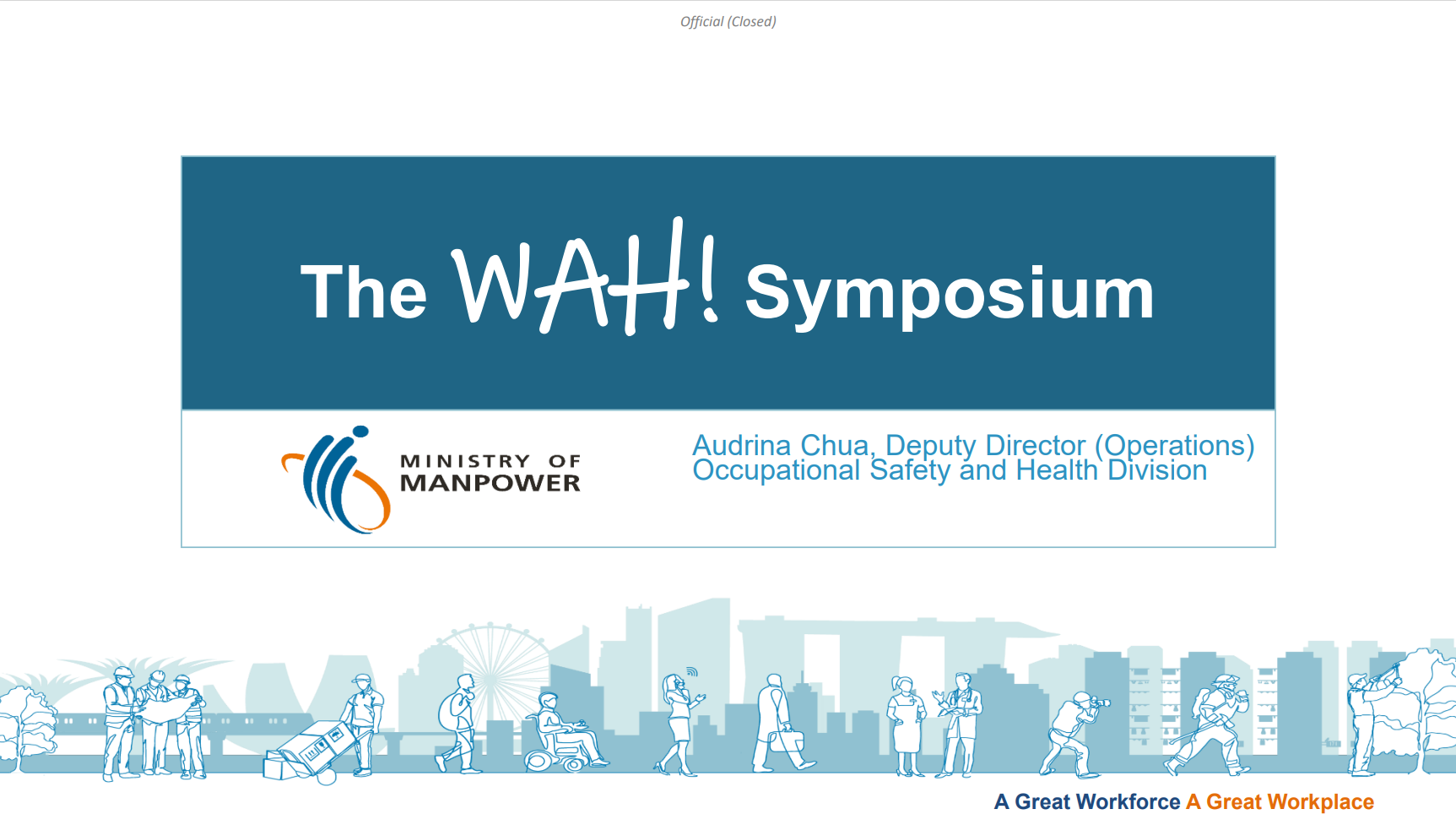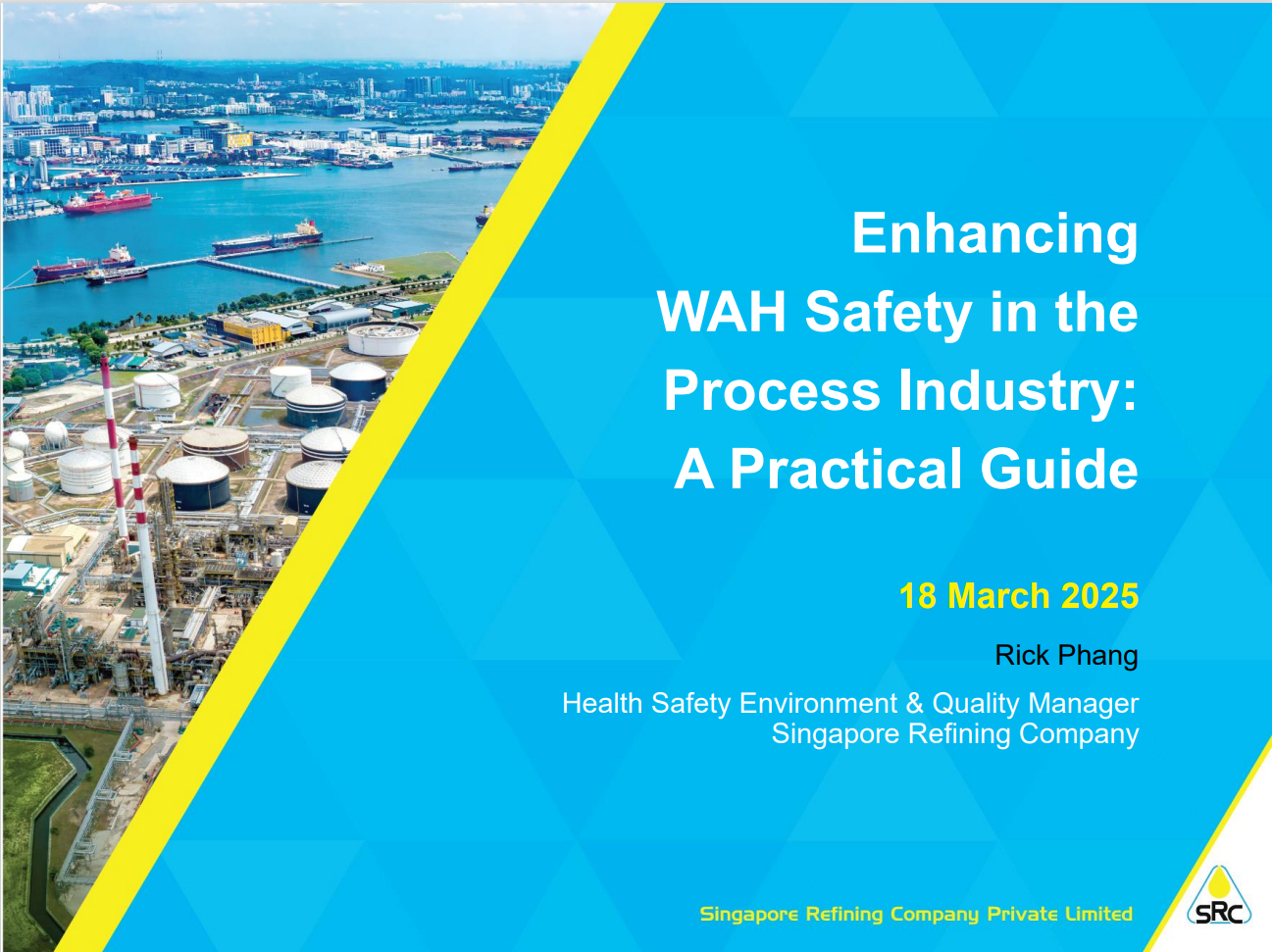Working Safely on Roofs
Understand the risks involved while working on roofs and learn how you can stay safe
Working on Roofs
Working on roofs is hazardous as it involves working at height. Workers face fall risks such as:• Off an unprotected edge
• Through fragile roof surfaces (e.g. skylights)
• Through openings on roof
• After slipping on wet or smooth roof surfaces
To prevent such falls, employers should evaluate the following before commencing any roof works (non-exhaustive):
• Roof type or profile
• Roof slope
• Roof height
• Roof material
• Duration and frequency of work
• Access method to the roof
• Transfer and placement of work materials on roof
• WSH competency of workers
Laws and Industry Standards
As an employer, you are expected to comply with Singapore's WSH laws. You should pay particular attention to:• WSH (Work at Heights) Regulations
• WSH (Scaffold) Regulations
• WSH (Risk Management) Regulations
You should also observe relevant industry standards, such as:
• Code of Practice for Working Safely at Heights (English | Mandarin)
• Code of Practice on WSH Risk Management
• Singapore Standard SS528 Part 1 to 6 : 2006 (2014) – Personal fall-arrest systems
• Singapore Standard SS 570 : 2011 – Specification for personal protective equipment for protection against falls from a height – Single point anchor devices and flexible horizontal lifeline systems
• Singapore Standard SS 607:2015 - Specification for design of active fall-protection systems
Please refer to the WSH (Approved Codes of Practice) Notification for the full list of approved Codes of Practice.
For more information
• WSH Guidelines – Working Safely on Roofs• 6 basic workplace safety and health rules for Working on Roofs
• Working on Rooftops checklist
• WSH Guidelines – Personal Protective Equipment for Work at Height
• Warning Signs Sticker






